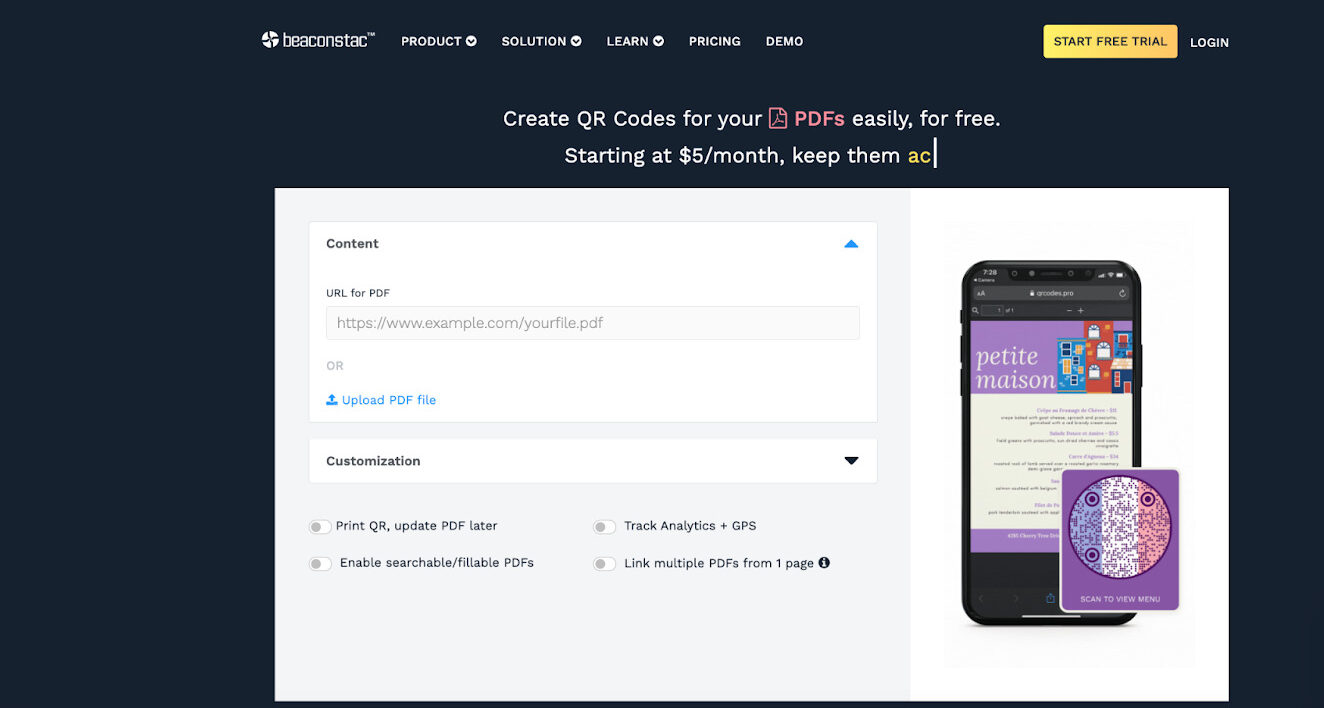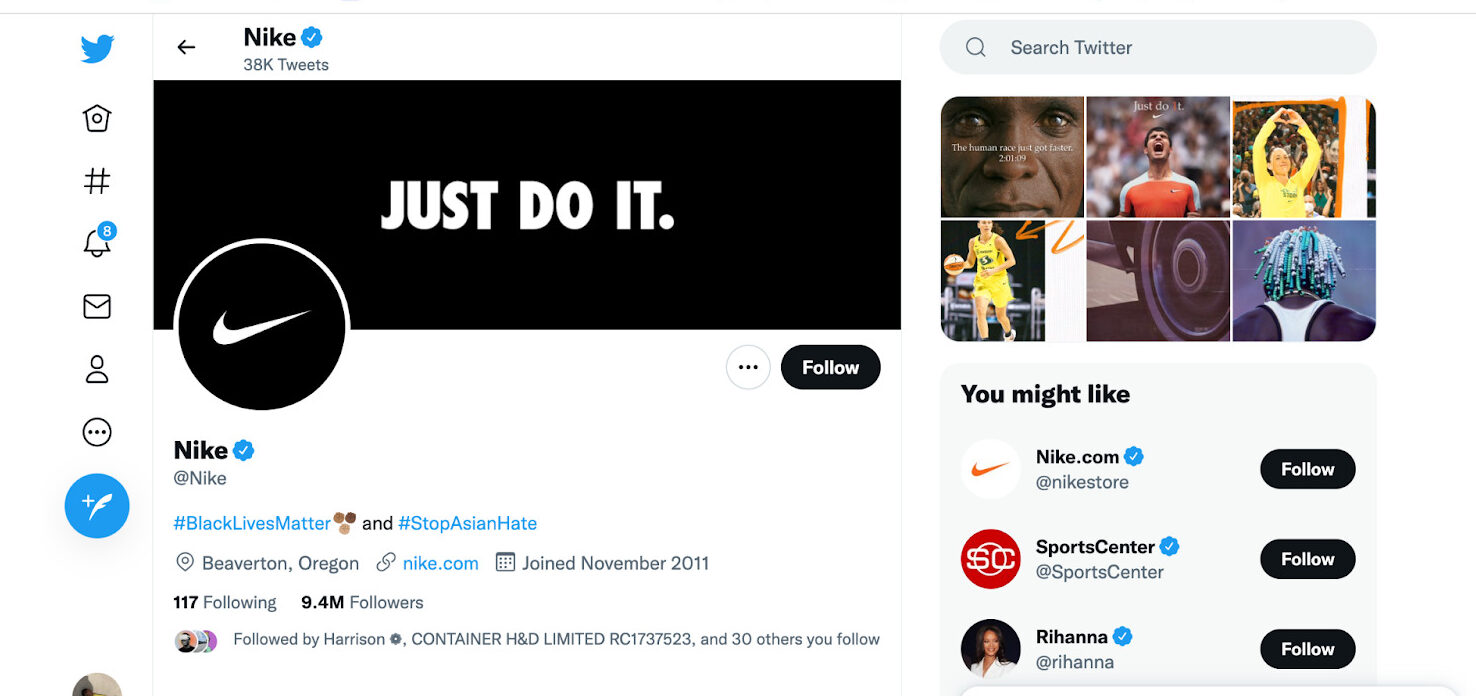
Let’s face it; social media is a constant battle. In today’s social media landscape, what’s hot one day may be cold the next. This has made staying on top of ever-changing trends a challenge, even for the most experienced social media managers.
To challenge this, businesses must constantly tweak and update their social media strategies. But how do businesses know they’re on the right track? The best way is to conduct a social media audit from time to time.
A social media audit is the process of measuring your social media profiles and strategies to determine your strengths and weaknesses. Social media audits are great tools for assessing your effective marketing strategies and identifying areas that need improvement.
That said, are you just getting started on social media? Or perhaps, you want to take your game to the next level? Below are five simple steps to perform a successful social media audit.
1. List All Your Social Media Accounts
First, there is a high chance that you may have forgotten some of your social media profiles. To be sure, list all the social media accounts you’ve created for your business – both active and inactive ones.
One way to get this is by using the search option on social media platforms. You can take a clue from this search for Benchmark’s Instagram profile below.
This will help you discover all your social media pages, including impostor accounts. For profiles you no longer use, you may want to recover them (if you can’t access them) and delete them to avoid confusing your audience. If you don’t already have an account on some platforms, you can create one to avoid losing your brand name to impostors.
Also, remember that there may be multiple accounts with similar usernames to yours. The best way to get around this is to register your brand’s usernames as early as possible. That way, you have the right to report fake accounts or take legal action against trespassers. After you have gathered all your social media accounts, you can set up a social listening tool to monitor your profiles and track your mentions.
Also, note that you don’t need to reinvent the wheel when auditing your social media accounts. You can take advantage of various social media audit templates for a head start.
2. Set Meaningful Goals for Each Platform
Now that you know all your social media accounts, it’s time to define and set goals for each platform.
For example, you can set goals to create brand awareness, engage your audience, and reach more followers using Instagram, Twitter, and/or Facebook. You could also use TikTok and YouTube as ROI-boosting platforms.
WhatsApp could serve as your sales funnel to engage your prospective customers, close sales, increase your conversion rate, and retain more customers. The WhatsApp for business catalog feature makes it even easier to display your products or services without the hassle.
You can even make things more seamless for you and your customers by creating a QR code for a pdf which could include your phone number, products’ descriptions, and price tags. All you need to do is use software to create QR codes. You can now embed them in your posts so your customers can reach you on WhatsApp once they scan the code.
Moreover, social media platforms have evolved into full-fledged marketing channels. For instance, Instagram is no longer just a photo-sharing app. You could buy, sell, or learn anything from DIY hacks to employee hiring strategies. Plus, you stand a chance to sell your brand to over 4.7 billion social media users globally.
You can have more than one goal for each social media platform. The important thing is to have these goals on record so you can reference them when creating content or launching other marketing strategies.
3. Measure Each Channel’s Performance
To perform a successful social media audit, carefully review each channel and see where you’re falling short. This is where you analyze your goals for each platform to know if you are meeting them or not.
Are your followers engaging with your content? Are your posts getting enough likes, comments, and shares?
While these could be some vanity metrics and may not necessarily increase conversion rates, they can help you measure each channel’s performance. However, to avoid following these metrics blindly, you should use an analytic tool like the one shown below.
A social media analytics tool provides real-time data to help you track your performance and give insights into areas that need improvement.
Just like in the image above, you can see the total mentions of the chosen keywords or hashtags and the usage volume over time. The analysis also illustrates the sentiment breakdown and the social media platforms where they’re mostly mentioned.
A more in-depth analysis will give you insights into the progress of the goals you set for your business. For example, you can discover the number of new followers, your best posts, or trends and topics that spark your audience’s interest.
The analysis could also guide you on the best time or day to post and what type of content needs the most focus. With the gathered data, you can tweak your strategies to run successful campaigns and increase your ROI, audience, etc.
4. Take Action to Improve Performance
So, you’ve assessed your social media performance and have the data to prove it. It’s time to take action.
This is where you update your content strategy with insightful data from your analytics tool. Are your posts getting enough likes, comments, or shares? If not, create a content plan to engage your audience better. Use more click-worthy captions and trending hashtags, or share more stunning graphics and video content to boost engagement.
Did you get more views and engagement on a particular post? You can repurpose the post into listicles, infographics, video reels, or IG and FB stories.
Video content sells like hotcakes. So you may want to leverage video marketing to grow your business. Around 88% of people want to see more videos from brands this year.
Additionally, you may need to post more consistently. Or switch your posting time to match your audience’s schedules. Whatever the case, make sure to take actionable steps to improve your previous performance.
Review your progress regularly and compare it to your social media audit. This may seem like a lot of work, but thankfully, using a task management tool will make it easier. Ensure your pages are highly-optimized for mobile users and find new strategies to move with the evolving trends.
Finally, remember that different social media platforms may have different strategies. So you have to leave room for changes. Always experiment with new marketing trends to see what works best for your business.
5. Make Brand Voice Consistent
When creating content, make sure your brand voice is consistent throughout. You’ve probably heard that consistency breeds customer loyalty. That’s very right.
Without a consistent brand voice, how would your audience trust you? Trust is key to customer loyalty.
Businesses with consistent branding are more likely to retain their customers than otherwise. Recent studies show that consistency can lead to a 33% increase in a brand’s revenue. Around 46% of consumers also say they would likely buy from a brand they trust.
Take a clue from Nike. The brand has taken consistent brand voicing to the next level. Their tagline, “Just Do It,” is consistent across all channels. Check out its Twitter account:
Here’s Nike’s Facebook account:
But your brand voice is much more than your tagline. In essence, your brand voice also encompasses how you interact with your audience – your choice of words, language tone, and how you sell to them. To ensure a consistent brand voice, brands must keep in mind their brand’s vision, mission, and goals when producing marketing content:
Also, take note of your bio, URL, profile picture, logo, brand color, etc., and ensure they depict your brand accurately and consistently.
In Closing
There is no one-size-fits-all strategy to crush your social media marketing goals. However, a social media audit can serve as a cheat sheet to know what’s working and what’s not working.
Identify your social media accounts. Set realistic goals. Measure your social media performance. Use the information you’ve gathered to make actionable changes to your strategy. Ensure your brand voice is consistent across all social media accounts.
Do not expect to see results overnight. But with consistent efforts, you’ll be well on your way to growing your business on social media.
Author Bio
David Pagotto is the Founder and Managing Director of SIXGUN, a digital marketing agency based in Melbourne. He has been involved in digital marketing for over ten years, helping organizations get more customers, more reach, and more impact.













